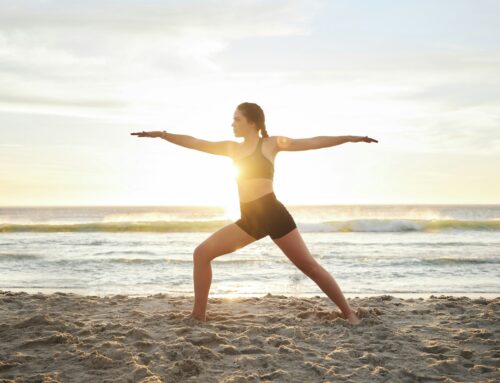Yoga is very popular as it is one of the most constructive ways to make you feel and look younger and can add significant years to your life with better health, flexibility, and strength.
This form of exercise is an ancient practice that unites the mind and body. Yoga is derived from “Yuji,” which is a Sanskrit word meaning yoke or union.
By incorporating meditation, breathing exercises, and poses yoga is designed to encourage relaxation and reduce stress.
Yoga is claimed to come with plenty of benefits for both physical and mental health, though not every single one of these claims has been backed by science and research.
This article takes a look at 5 evidence-based benefits of yoga.
- Relieves Anxiety
A study comes after following 64 women with post-traumatic stress disorder (PTSD), this is characterized by severe anxiety and fear due to following exposure to a traumatic event.
The woman who practiced yoga once a week had fewer symptoms of PTSD after 10 weeks. 52% of the study’s participants no longer met the criteria for PTSD at all.
- Reduces Inflammation
In 2015, a study divided 218 participants into two groups—the ones who regularly practiced yoga and the ones who did not. The two groups then performed moderate and strenuous exercises to induce stress.
Towards the end of the study, the ones who regularly practiced yoga had lower levels of inflammatory markers than the group that did not practice yoga regularly.
- Quality of life is improved
A study involving 135 seniors were assigned to either six months of practicing yoga, walking, or a control group. Aside from improving mood and lessening fatigue, practicing yoga significantly improved quality of life compared to the other groups.
A study was also conducted following women with breast cancer undergoing chemotherapy. Nausea and vomiting which are symptoms of chemotherapy decreased while also improving the overall quality of life.
- Improved balance and flexibility
Another study assigned 66 elderly participants to either calisthenics (a type of bodyweight exercise) or practicing yoga.
After a year, by nearly four times the total flexibility of the yoga group increased compared to that of the calisthenics group.
A study from 2013 also found that the practice of yoga could help improve mobility and balance in older adults.
- Could Help Improve Breathing
Pranayama (yogic breathing), is a practice in yoga that focuses on control of the breath through breathing techniques and exercises.
Most variations of yoga incorporate these breathing exercises, and several studies have found that practicing yoga helps ameliorate breathing.
In another study, 287 college students took a 15-week class where they were taught various breathing exercises and yoga poses. They had a significant increase in vital capacity upon reaching the end of the study.
Suitable for all ages and all health conditions and almost everyone, practicing yoga will help you get some positive benefits regularly.
Though bringing about a balance in your mind and body, practicing yoga can accomplish more for the aging process than a hospital full of doctors. Consider adding yoga to your routine as it can be done freely at home without the expensive cost of gym fees–it is convenient and scalable according to your fitness levels.






